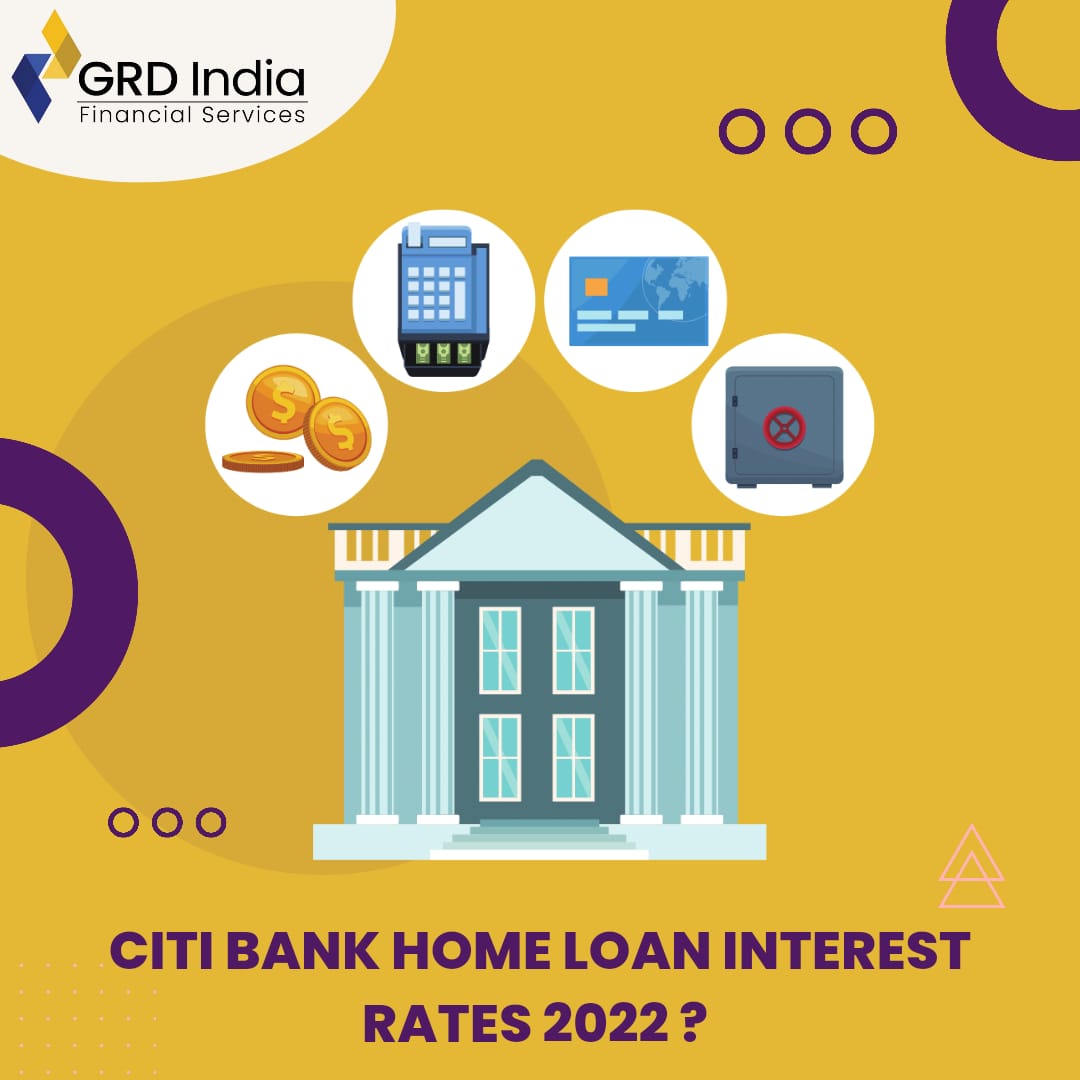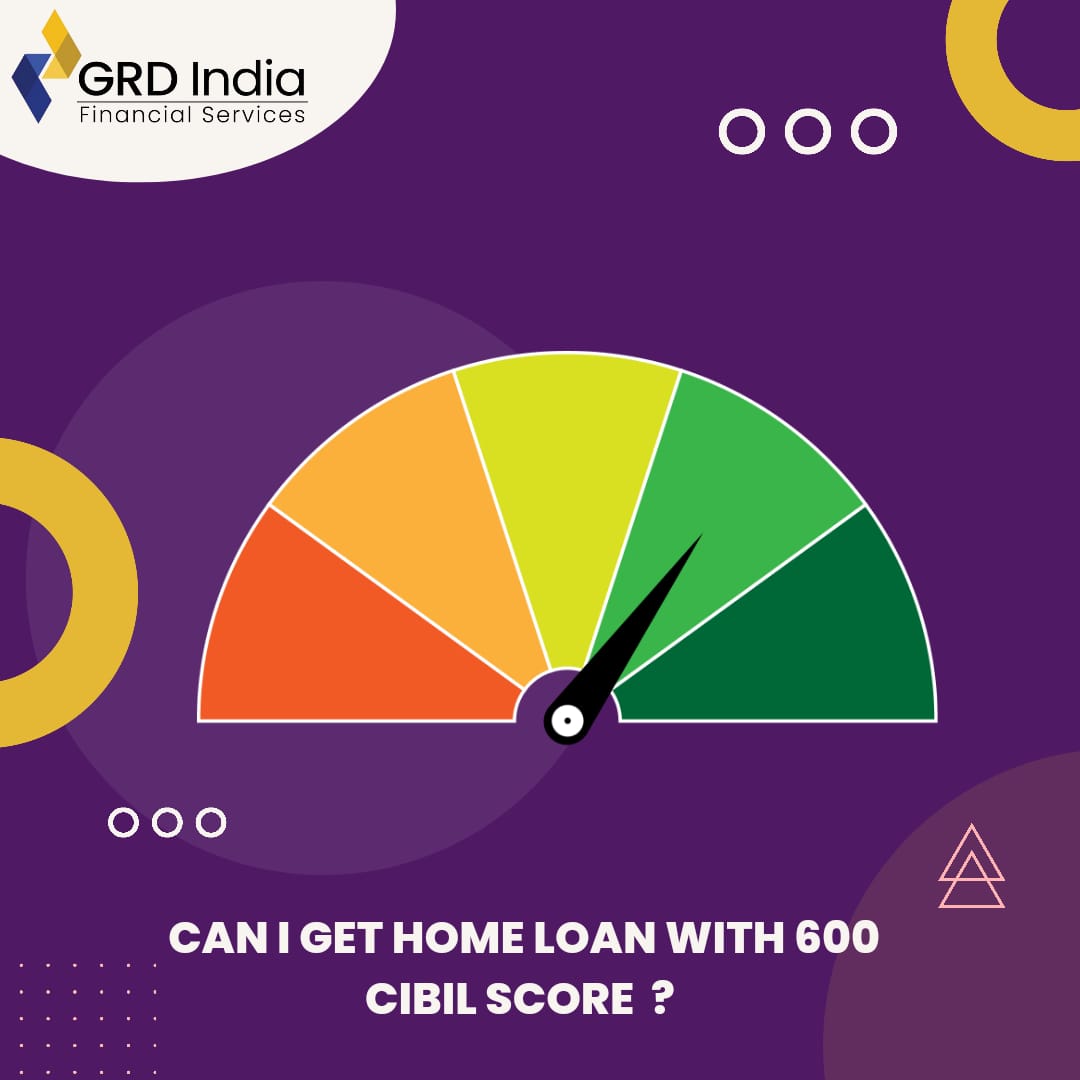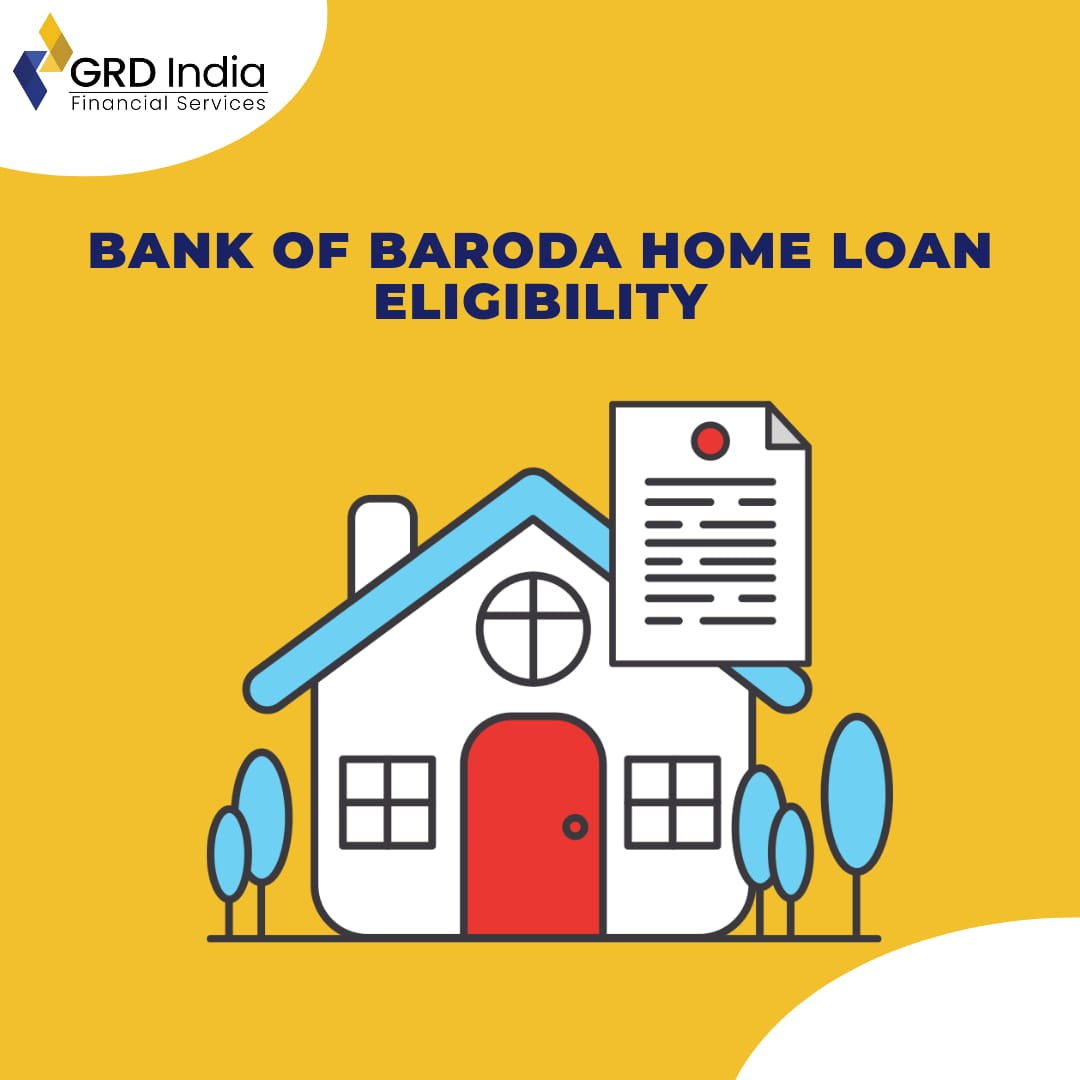Top Home Loan Providers in India Overview
Top home loan providers in India: India's largest household finance company

You can get a home loan from a bank or a non-banking finance company (NBFC). The Housing Finance Corporation (HFC) is one of the NBFCs. You can choose a bank or NBFC by comparing the terms offered, interest rates, and transaction fees. Let's take a look at the Top Home Loan Providers in India company.
Top home loan providers in India: Buying a New Home Guide
-
HDFC Housing Finance
HDFC Housing Finance offers various types of housing loans like Lot Loans, Rural Home Loans, Home Improvement Loans Home Deferment Loans, etc. Home loan interest rates start from 8.65%. The Home Loan Scheme is available to salaried and self-employed residents of India aged 18-65. -
L&T Housing Finance Limited
L&T Housing Finance offers home loans for construction, home improvement, and home extension at attractive rates. Loan tenures are up to 20 years and gold loans range from Rs.1.30. You can get a home loan of up to 90% of the property value. L&T Housing Finance offers fast and transparent loan processing, instant bulk loans online with attractive interest rates, minimal documentation, and multiple repayment options. Cholamandalam Housing Finance offers housing loans that can be used to buy a plot, build a house or buy a ready-made house. Balance transfer home loans are also available. There are easy payment options and affordable interest rates. -
Home Loans from Bank of Baroda
Bank of Baroda offers home loan rates as low as 7.95%, the best home loan rates in India. Pay easily for up to 30 years. Banks also provide loans up to Rs. 1 billion, Bank of Baroda's home loan processing costs are as low as 0.25% of the loan amount.
Banks do not charge prepayment penalties on variable-rate home loans. One of its key advantages is that the Bank of Baroda home loan can be multiplied five times over the term of the loan.
-
HDFC Housing Finance
HDFC Housing Finance offers several mortgage products such as land loans, rural loans, home improvement loans, and home deferral loans. Home loan interest rates start at 8.55%. The home loan program is available to salaried and self-employed Indians in the age group of 18 to 65 years. -
LIC Housing Finance Limited
LIC Housing Finance provides interest-free home loans to Indian Residents, Non-Resident Indians (NRIs), and Pensioners. You can apply for loans for purchases, construction, extensions, home repairs, bulk purchases, and ancillary payments. LIC Housing Finance offers benefits such as flexible payment terms, fast loan processing, no processing fees, no prepayment fees, and no partial payment fees. -
Sundaram Home Finance
Sundaram Home Finance offers home loan products with attractive interest rates for both salaried and self-employed individuals, who are between the age of 18 to 65 and are Indian citizens. There are the lowest interest rates for women applicants. The home loan products that are offered include plot loans, home improvement loans, home extension loans, top-up loans, takeover loans, and loans against property. -
PNB Housing Finance Co. Ltd.
PNB Housing Finance provides home loans to Indian Residents and Non-Resident Indians at competitive home loan interest rates. It provides home loans to government employees, the public, and others under various schemes. -
GIC Housing Finance Limited
GIC Housing Finance Limited offers home loans ranging from individual home loans and compound loans to balance transfers, home extensions and renovation/repair loans. the home loan interest rates start at 8.50% p.a. Your home loan comes with free accidental death cover and free contents cover. Loan applications can be submitted and approved online with minimal documentation. -
Tata Capital Housing Finance Limited
Home loans from Tata Capital Housing Finance Limited start at 6.90% p.a. Eligible individuals are salaried or self-employed, should have a CIBIL score above 750, and are between the ages of 24 and 65 (at loan close).NRIs are also eligible for a home loan. The maximum home loan amount is Rs. 5 lakhs and the maximum repayment period is 30 years. Up to 80% of the property value can be used as a home loan.

RBI Monitory Policy Details
The Reserve Bank of India (RBI) is the central bank of India that regulates and operates the monetary system. The RBI’s monetary policy is designed to control prices and stimulate economic growth.
The Monetary Policy Committee of the Reserve Bank of India regulates monetary policy in India. The Monetary Policy Committee meets every two months to review the economic and financial situation in the country and determine the appropriate financial position. The Monetary Policy Committee uses various tools to influence the economy’s money supply and interest rates.
Following are some of the major instruments used by the Reserve Bank of India to bring in operations of its monetary policy.
Repo rate: The rate at which the Reserve Bank of India lends money to commercial banks. The increase in repurchase agreements has made it more difficult for banks to borrow from the Reserve Bank of India, which has reduced the money supply and raised interest rates.
Reverse Repo Rate: The rate at which the Reserve Bank of India borrows from commercial banks. When reverse repo rates rise, it becomes more attractive for banks to lend to the RBI, which reduces supply and interest rates.
Cash Reserve Ratio (CRR): It is the ratio that commercial banks are required to maintain as a percentage of their deposits with the Reserve Bank of India. When CRR increases, banks have less money to provide loans, which reduces the money supply and increases interest rates.
Statutory Liquidity Ratio (SLR): The percentage of deposits that a bank holds in liquid assets such as government securities. When the SLR increases, banks lend less, reducing the money supply and raising interest rates.
The RBI uses instruments such as open market transactions, foreign exchange transactions, and currency stimulus to increase the money supply and consumer base in the economy.
In final, the RBI monetary policy aims to stabilize prices, boost economic growth, and ensure the country's economic stability.
RBI Monetary Policy: No hike in repo rate, RBI keeps it stable at 6.5%
The Reserve Bank of India (RBI) announced that the repurchase rate will remain unchanged at 6.5%. The Monetary Policy Committee (MPC) of the Reserve Bank of India announced its first bi-monthly forecast for FY24 on April 6, concluding a three-day meeting. The Monetary Policy Committee, chaired by Reserve Bank of India Governor Shaktikanta Das, met on April 3, 5 and 6 to review recent monetary policy.
Many analysts expect the Reserve Bank of India (RBI) to raise interest rates by 25 basis points to 6.75% to tackle persistent inflation, which is above the RBI's comfort zone of 6%.
Recent news updates:
Connecting domestic investors with high-end segments. a report
Home loans have risen in recent months, with current-cycle interest rates rising 250 basis points from 40 basis points at an off-cycle meeting in May.
Rating India said in a report on Wednesday that housing financiers will focus on expanding into cost-effective non-residential sectors such as real estate and construction finance loans to boost their profit margins.
Experts expect increased competition from banks and a rising cost of funds to put pressure on net interest margins for housing financiers.
The housing finance segment is expected to grow in the medium term due to rising interest rates and rising real estate prices. In addition, high inflation could put pressure on borrowers’ savings and consequently affect housing affordability, analysts said.
Home loan rates have been raised in recent months, with a 250 basis point increase in the current cycle, which began with a 40 basis point rate hike at the off-cycle meeting in May. Repurchase rates on household loans, which are the most closely correlated collateral to the external benchmark, increased concurrently with the increase.
Until now, mortgage lenders have been paying off their interest income faster than their debt. In some cases, large increases in non-residential expansion have resulted in lower incomes.
However, the credit rating agency said that increasing demand for home ownership among borrowers and continued growth in household finance will keep the growth of home finance professionals strong over 2023-2024.
Application Process Simplified

Applying for a home loan can be simplified by understanding the application process.
Online vs. Offline Application
Advancements in technology have made online applications seamless and convenient. However, some borrowers may still prefer the traditional offline route. Understanding the pros and cons of each option is crucial.
Documentation Requirements
Ensuring all necessary documents are in order is a critical step in the application process. Common documents include income proof, identity proof, and property documents.
Approval Timelines and Disbursement Process
Knowing the expected approval timelines and the disbursement process helps borrowers plan their home purchase efficiently. Delays can be minimized with a clear understanding of the entire process.
Tips for a Successful Home Loan Application
Improve Credit Score
A higher credit score enhances the chances of loan approval and favorable interest rates. Taking steps to improve creditworthiness is a proactive approach to securing a home loan.
Clear Existing Debts
Reducing existing debts improves the borrower's debt-to-income ratio, making them more appealing to lenders. Clearing outstanding debts before applying for a home loan is a strategic move.
Save for a Down Payment
While home loans cover a significant portion of the property cost, having a substantial down payment reduces the loan amount and, subsequently, the EMI burden. Saving for a down payment is a prudent financial practice.
Choose the Right Co-Applicant
In cases where an individual's financial standing may affect the loan application, choosing the right co-applicant can increase the chances of approval.
Understanding Home Loan EMI Calculations
Importance of EMIs
EMIs (Equated Monthly Installments) are a crucial aspect of home loan repayments. Understanding the importance of timely and consistent EMI payments is vital for a smooth repayment journey.
Factors Influencing EMI Calculations
EMI calculations are influenced by factors such as loan amount, interest rate, and tenure. Online calculators provided by home loan providers can help borrowers estimate their monthly payments accurately.
Using Online Calculators for Accurate Estimates
Most home loan providers offer online EMI calculators on their websites. Utilizing these tools allows potential borrowers to get accurate estimates based on their specific loan requirements.
Navigating Common Challenges
Loan Rejection Reasons
Understanding common reasons for loan rejection, such as low credit scores or inadequate documentation, empowers borrowers to address these issues before applying.
Addressing Financial Instability
Sudden financial instability can pose challenges during the loan tenure. Planning for unforeseen circumstances and having a financial safety net is crucial for borrowers.
Seeking Professional Advice
When in doubt, seeking advice from financial professionals can provide valuable insights. Financial advisors can guide borrowers on making informed decisions aligned with their long-term goals.
Future Trends in Home Loans
Technological Advancements in Lending
The future of home loans is marked by technological advancements, including online application processes, digital verification, and faster approval times. Staying informed about these trends ensures borrowers are well-prepared for the evolving landscape.
Government Initiatives Impacting Home Loans
Government initiatives and policies can influence the home loan market. Being aware of these changes helps borrowers stay ahead of the curve and leverage available benefits.
Predictions for the Future of Home Financing
Experts predict a continued focus on customer-centric approaches and enhanced digital experiences in the home loan industry. Borrowers can expect more personalized and streamlined processes in the years to come.
Conclusion
In conclusion, choosing the right top home loan providers in India is a crucial step in the journey to homeownership. By considering factors such as interest rates, loan tenure options, and customer service, borrowers can make informed decisions that align with their financial goals. Navigating the application process, understanding EMI calculations, and planning for the future trends in home loans further contribute to a successful home loan experience.
FAQs (Frequently Asked Questions)- Top home loan providers in India
Que. What should I prioritize when choosing a home loan provider?
Prioritize factors like interest rates, loan tenure options, eligibility criteria, and customer service to make an informed decision.
Que. How can I improve my chances of getting a home loan approved?
Improve your credit score, clear existing debts, save for a down payment, and choose the right co-applicant if needed.
Que. Why is the documentation process essential in the home loan application?
Proper documentation ensures a smooth application process, reducing the chances of delays or rejections.
Que. What are the common challenges faced during a home loan tenure?
Challenges include loan rejection reasons, financial instability, and unforeseen circumstances. Seeking professional advice can help navigate these challenges.
Que. What are the future trends in home loans that borrowers should be aware of?
Future trends include technological advancements, government initiatives, and a focus on customer-centric approaches, providing a more streamlined and personalized experience for borrowers.
Tag: Best home loan provider in Delhi , Home loan provider , Best home loan provider
Contact With Us
![]() GRD India Financial Services Pvt. Ltd
GRD India Financial Services Pvt. Ltd
![]()
![]() 1St Floor, 45/8, Jail Rd, Block 45, Ashok Nagar, New Delhi, Delhi 110018
1St Floor, 45/8, Jail Rd, Block 45, Ashok Nagar, New Delhi, Delhi 110018
![]() info@grdindia.in
info@grdindia.in
![]() +91-8958951313
+91-8958951313
![]() +91-8958951313
+91-8958951313












































